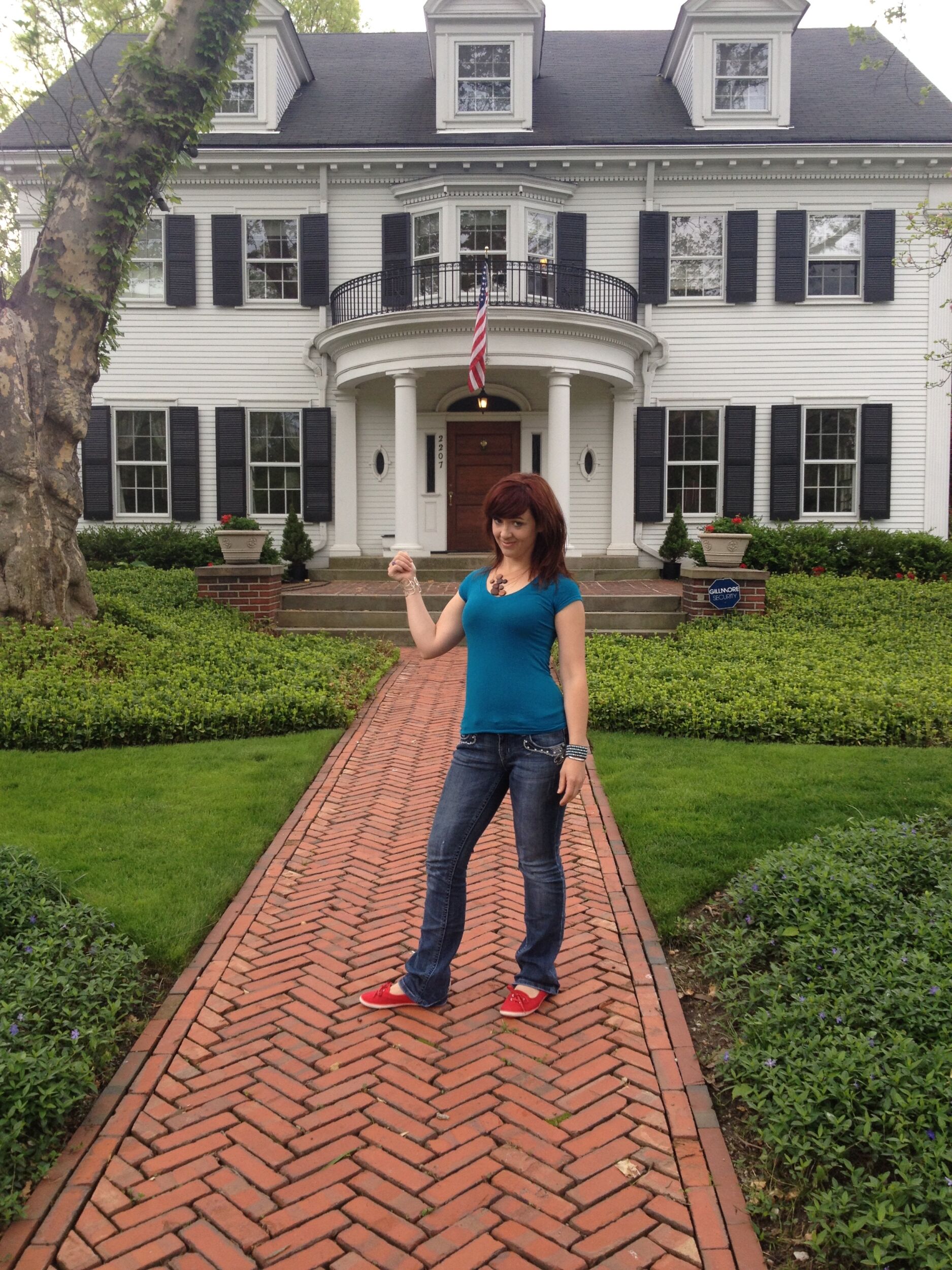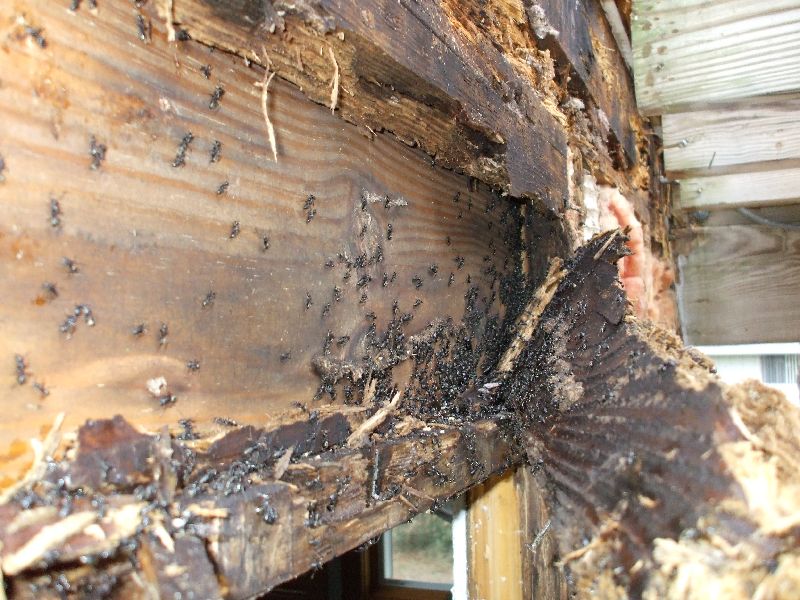
So how do you keep your home’s structure healthy? Homes are made of organic materials that naturally change over time, so even a structurally sound home will not be perfectly plumb and level. In fact, even a newly built house isn’t always perfectly plumb and level. It’s helpful to know what causes structural damage and how to keep your property healthy and safe. Here are some factors worth considering to make sure the structure of your home remains healthy.
Extreme weather protection
Nature is restorative and awe-inspiring, but it can be troublesome to our health in cases of extreme weather conditions that put our homes at risk and even endanger our lives. High winds can tear off siding, break windows with flying debris, and even destroy a roof. Accumulated snow can also cause a roof to sag or cave in. With enough force, hail can cause huge dents to a home exterior. Likewise, the house’s foundation can also be affected with regular heavy downpours. This is because extreme erosion can loosen the soil, causing a home structure to twist, slide, or collapse entirely.
While you may not have control over the natural elements, you can take preventative steps to secure your home from damage. For instance, clean gutters regularly and consider planting shrubs, grass, trees, and other plant life with roots to lock in moisture and soil. These backyard additions will help prevent soil from loosening up and washing away. Trees can offer additional protection against winds, but make sure to check the health of your trees and remove any loose branches.
For those who live in potential wildfire areas, make sure to keep plantings away from Zone One around the house and stick with rocks or other non-flammable materials to protect the home.

Excessive moisture control
While moisture is a good thing for us, our pets, and plants, excess moisture in your home isn’t. Too much moisture around organic materials–like the wood studs, drywall, and other organic building materials that make up a house–can cause the growth of mold and mildew, which may adversely affect health.
Excessive moisture and water damage can compromise the house’s structure, making it a hazard for its household. Moisture can swell and decay wood joists, studs, floors, and any other wood elements. If left unaddressed, you can incur significant loss due to extensive damages. Therefore, it’s a good idea to regularly inspect your home for any signs of leaks, especially after a severe storm.
Other causes of water damage like broken pipes, clogged toilets, leaking roofs, loose faucets, and so on should be addressed immediately. While some issues can be fixed DIY-style, more complicated issues like a cracked sewage pipe require expert services. Some credible professionals can even fix a sewer line without digging, which is good news if you don’t want to deal with excessive contractor work in your home.
Aging gracefully
Everything changes as it ages, and your home is no exception. Regardless of how well it is built, you are bound to notice certain changes that may or may not compromise its structural integrity.
For instance, older homes may have more issues. Some may be cosmetic and some may be hiding bigger issues. If you own an old house, conduct routine maintenance and visual inspections of the roof, attic, and foundation. Detecting and fixing problems is easier when they are newer.

is an artist upcycler certified color expert Certified Aging in Place specialist and yoga devotee

